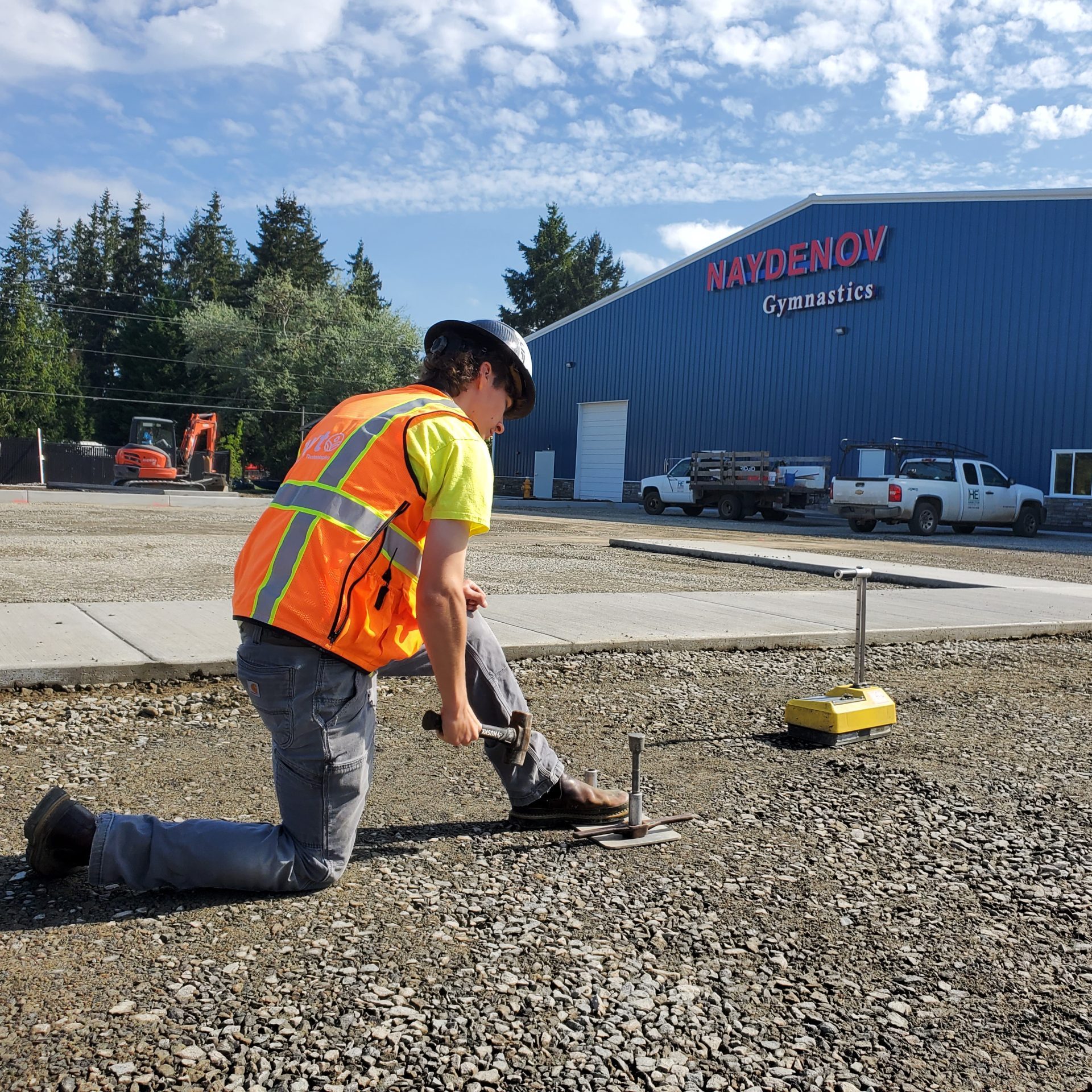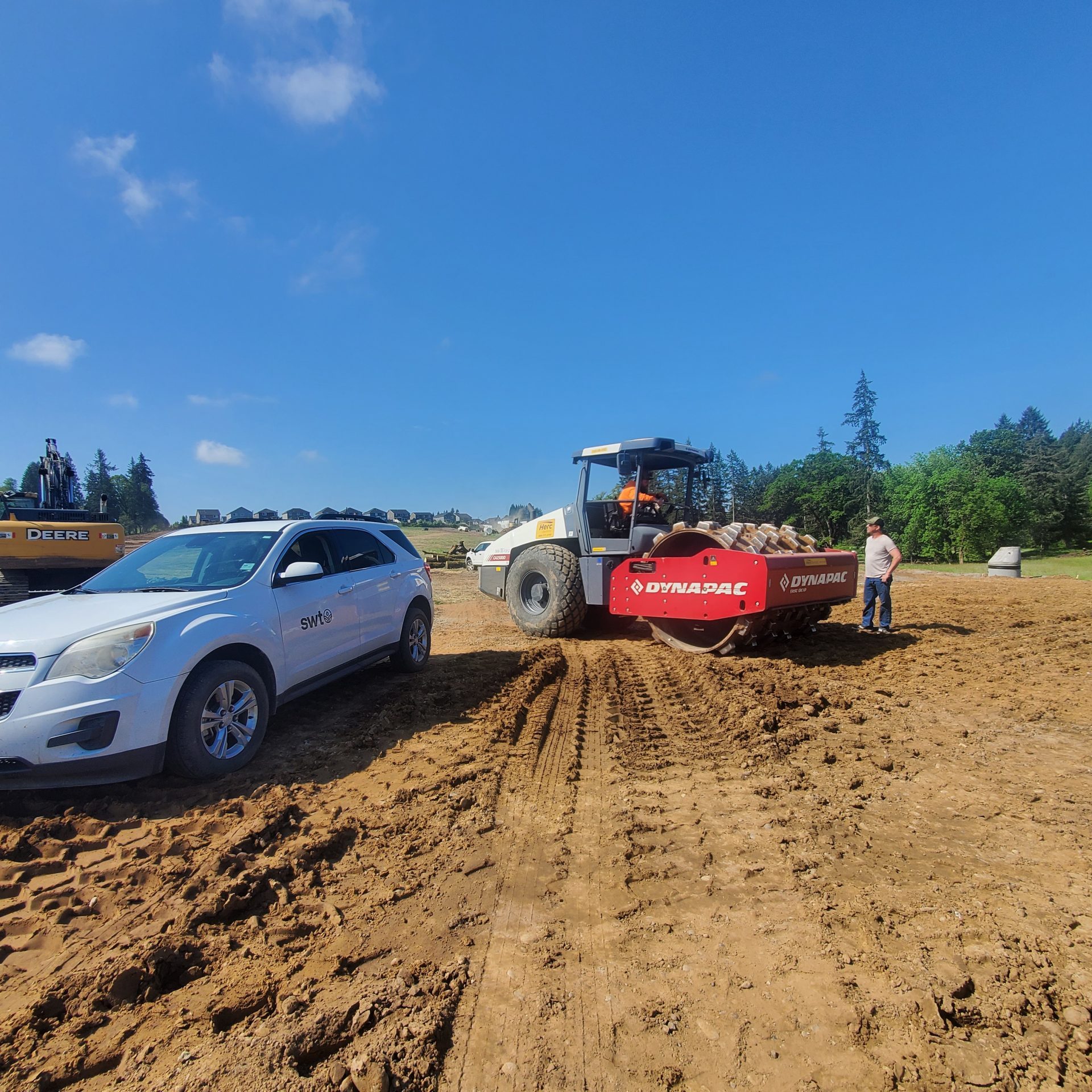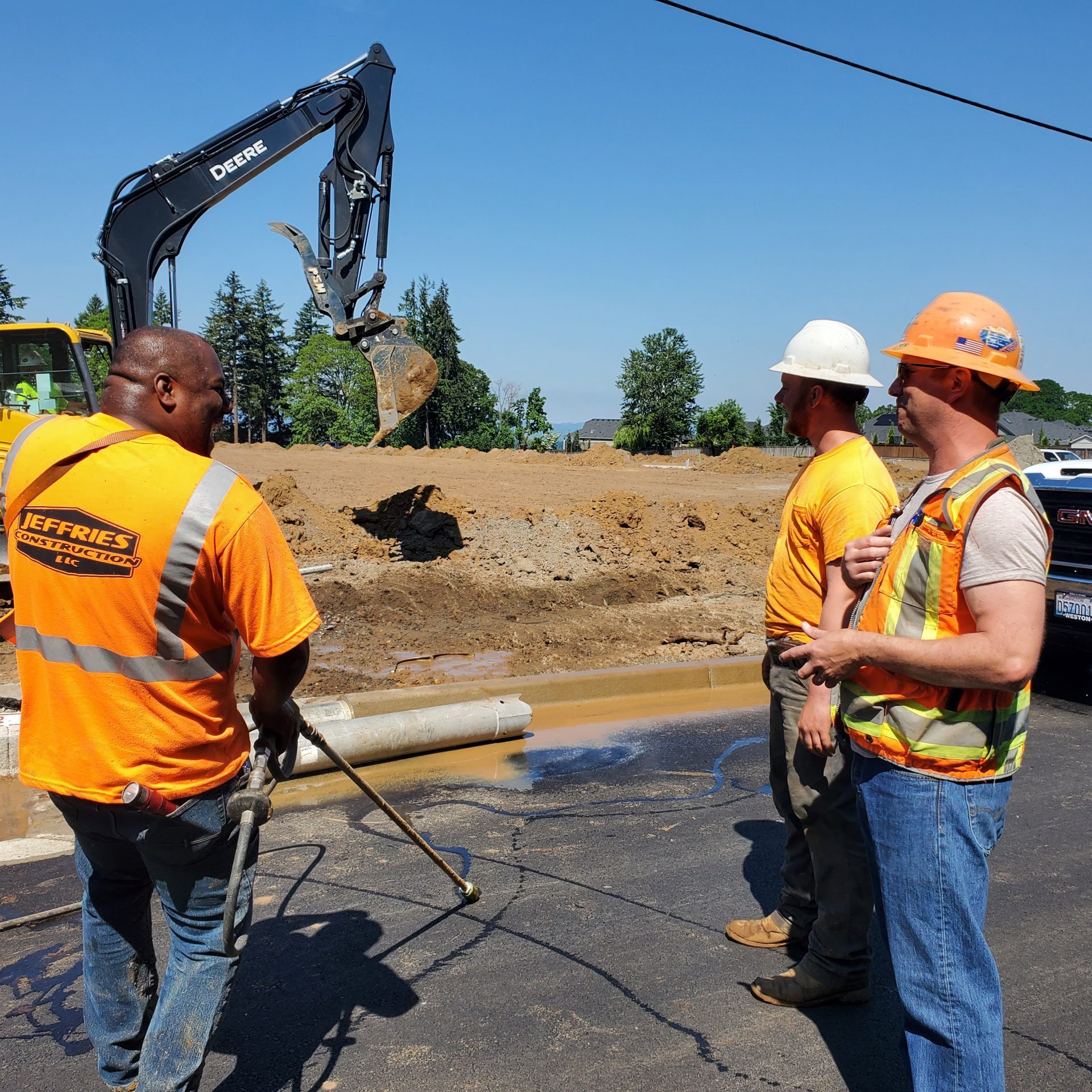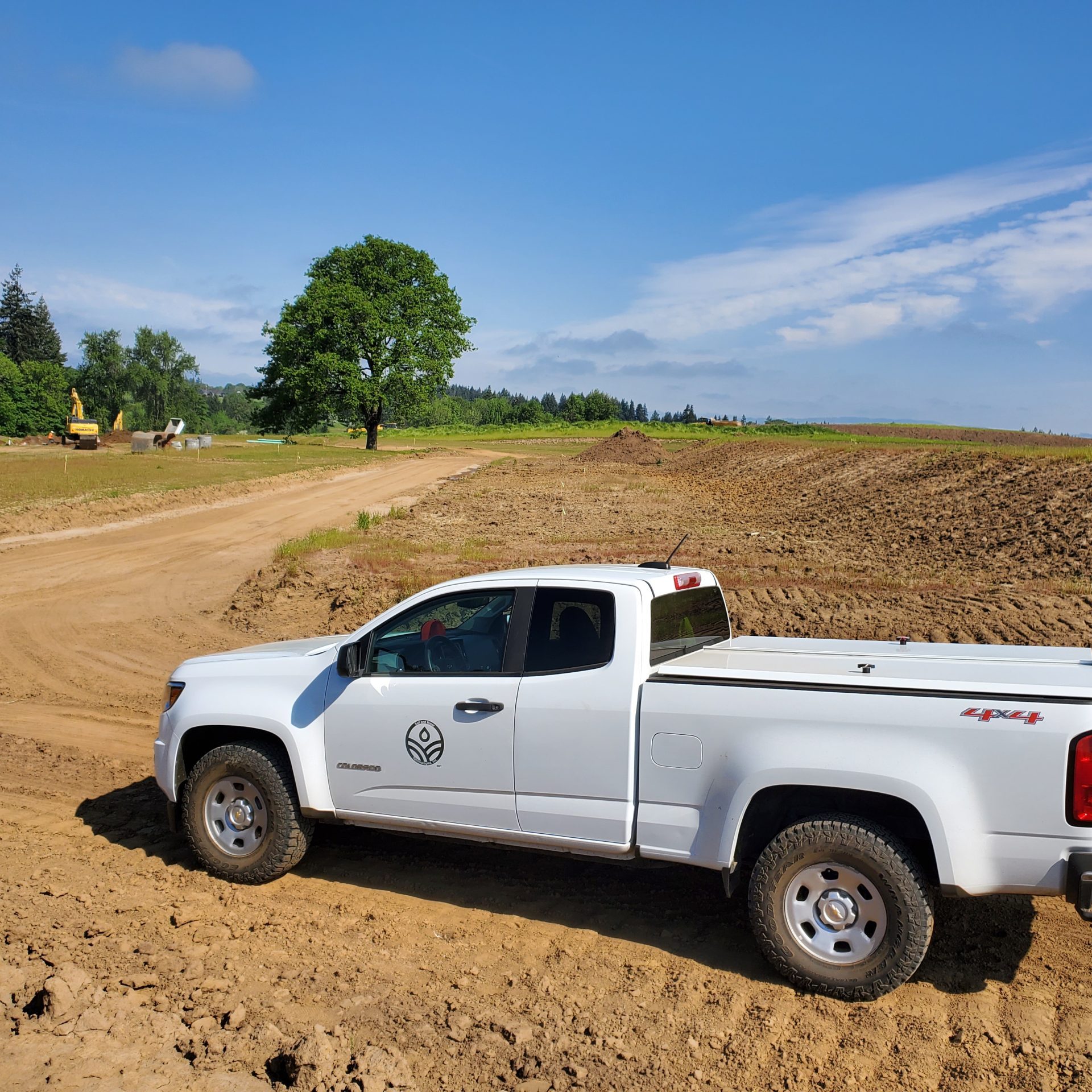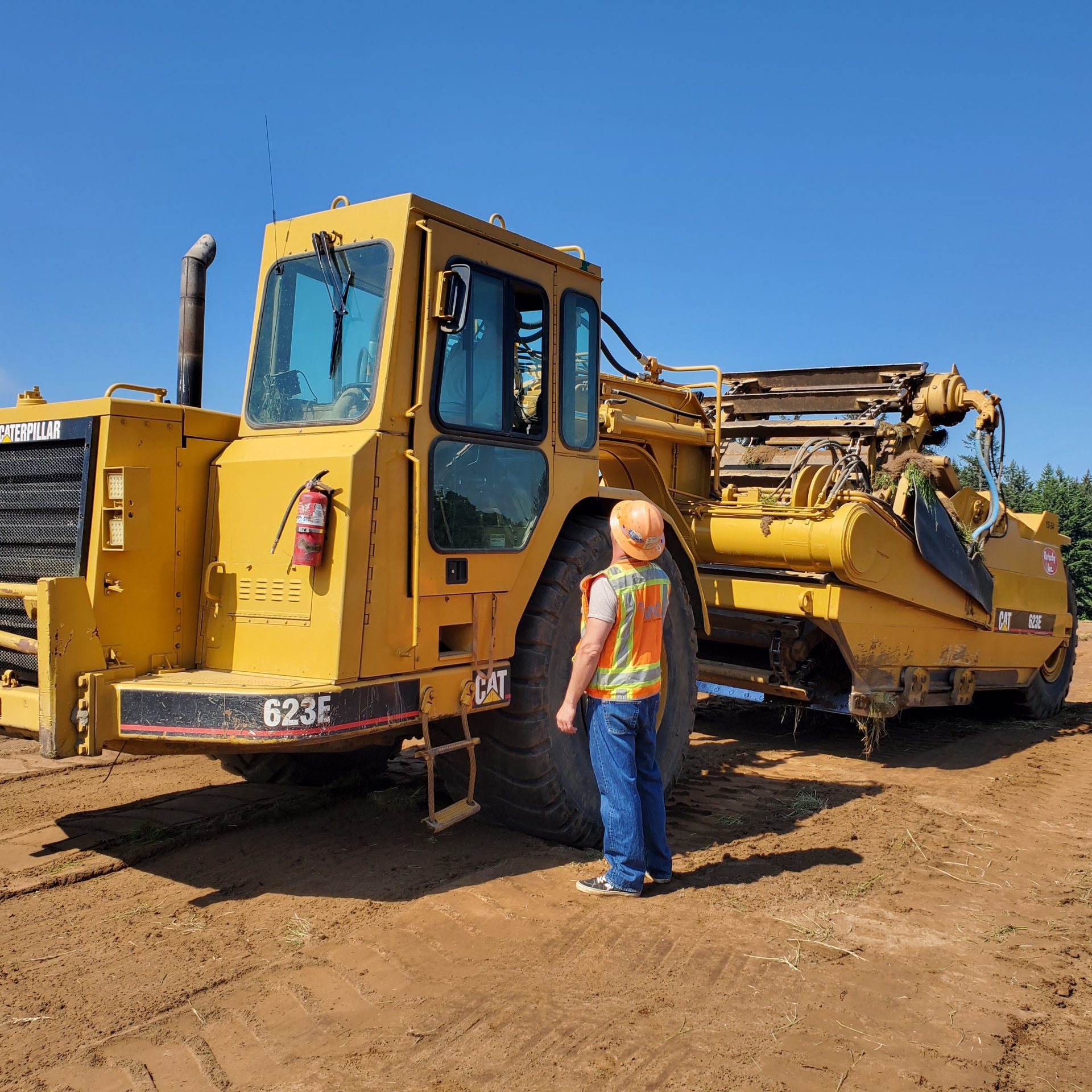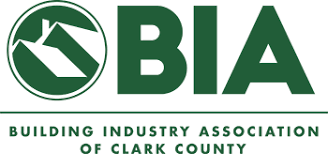The Importance of Erosion Control for Washington and Oregon Water Quality
Erosion control is vital for preserving the natural environment, preventing soil degradation, and maintaining water quality. As the region experiences growth and development, it becomes increasingly crucial to watch for erosion and sedimentation issues that can harm local waterways, wildlife, and vegetation. Proper erosion control practices help protect the county's rivers, streams, and wetlands from sediment and pollution, preventing long-term environmental damage.
The implementation of effective erosion control measures also plays a significant role in maintaining local infrastructure. Eroded soil can quickly accumulate in storm drains, leading to blockages and flooding. By proactively managing erosion on construction sites and developed land, residents and businesses can help reduce the need for costly repairs and maintenance on roads, bridges, and public utilities.
Lastly, proper erosion control can lead to positive economic outcomes for the counties. By preventing siltation in waterways, the county can maintain recreational attractions such as fishing, boating, and wildlife watching, which contribute to local tourism and the overall quality of life. Moreover, it helps preserve valuable farmland and other natural resources, ensuring a sustainable future for the region.
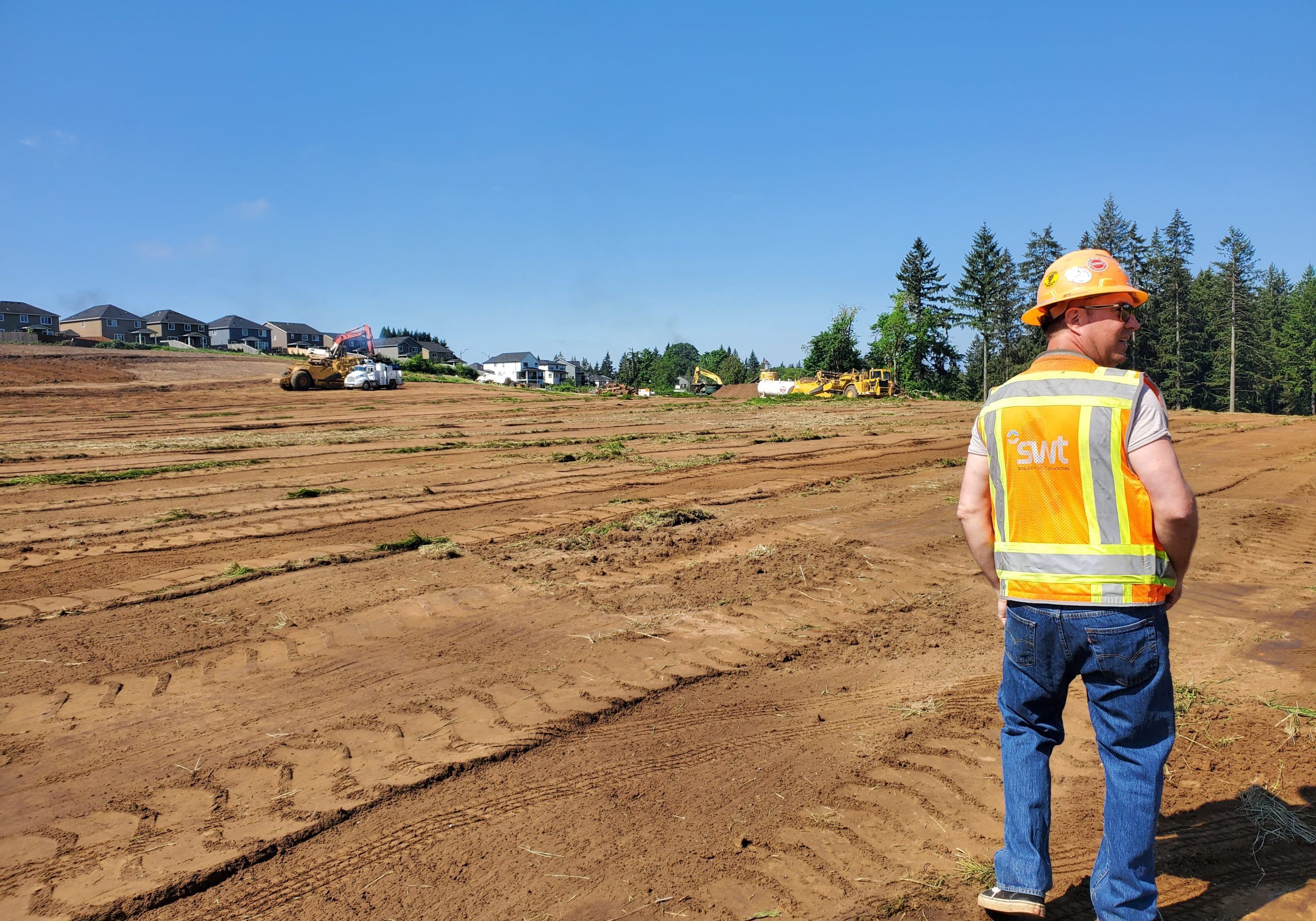
Clark County's Commitment to Environmental Protection
Washington and Oregon are deeply committed to preserving and protecting its natural environment, aiming to strike a balance between responsible development and conservation. The States implement various programs and regulations aimed at safeguarding local ecosystems, minimizing the environmental impact of construction projects, and promoting sustainable land use practices.
One vital aspect of this commitment is ensuring best management practices for erosion control and soil stabilization are followed throughout the counties. Through comprehensive permitting, inspection, and enforcement efforts, these counties strive to reduce sedimentation and pollution in waterways, protect wildlife habitats, and maintain the overall quality of local natural resources.
Additionally, the municipalities provide various educational resources to its residents, such as the Self Assessment Guide for Small Acreages and the Simple Steps program. These initiatives help landowners improve their land management techniques, adopt environmentally friendly practices, and minimize the impact of their activities on local water quality and ecosystems.
The implementation of effective erosion control measures also plays a significant role in maintaining local infrastructure. Eroded soil can quickly accumulate in storm drains, leading to blockages and flooding. By proactively managing erosion on construction sites and developed land, residents and businesses can help reduce the need for costly repairs and maintenance on roads, bridges, and public utilities.
Lastly, proper erosion control can lead to positive economic outcomes for the counties. By preventing siltation in waterways, the county can maintain recreational attractions such as fishing, boating, and wildlife watching, which contribute to local tourism and the overall quality of life. Moreover, it helps preserve valuable farmland and other natural resources, ensuring a sustainable future for the region.
Regulations and Permitting for Erosion Control
There are specific regulations and permitting processes in place to ensure that erosion control requirements are met for construction and land development projects. These regulations are designed to maintain consistency and compliance with the National Pollutant Discharge Elimination System (NPDES), the county code, and other relevant local and state environmental laws. The regulatory body in Washington State is the Department of Ecology (DOE); in Oregon State the Department of Environmental Quality (DEQ).
Developers and contractors must obtain the appropriate permits and certifications before beginning a project that involves soil disturbance or has the potential to impact local water quality. For example, large parcel construction projects require certified erosion and sediment control personnel who have completed approved courses through the Washington State Department of Ecology.
Complying with erosion control and soil testing regulations not only helps preserve the county's environmental integrity but also helps developers avoid costly fines, delays, or legal repercussions. Failure to adhere to these requirements can result in penalties, including stop work orders, fines, and even criminal charges in severe cases. Thus, it is vital for any individual or business undertaking construction or land development familiarize themselves with the applicable regulations and permitting processes.
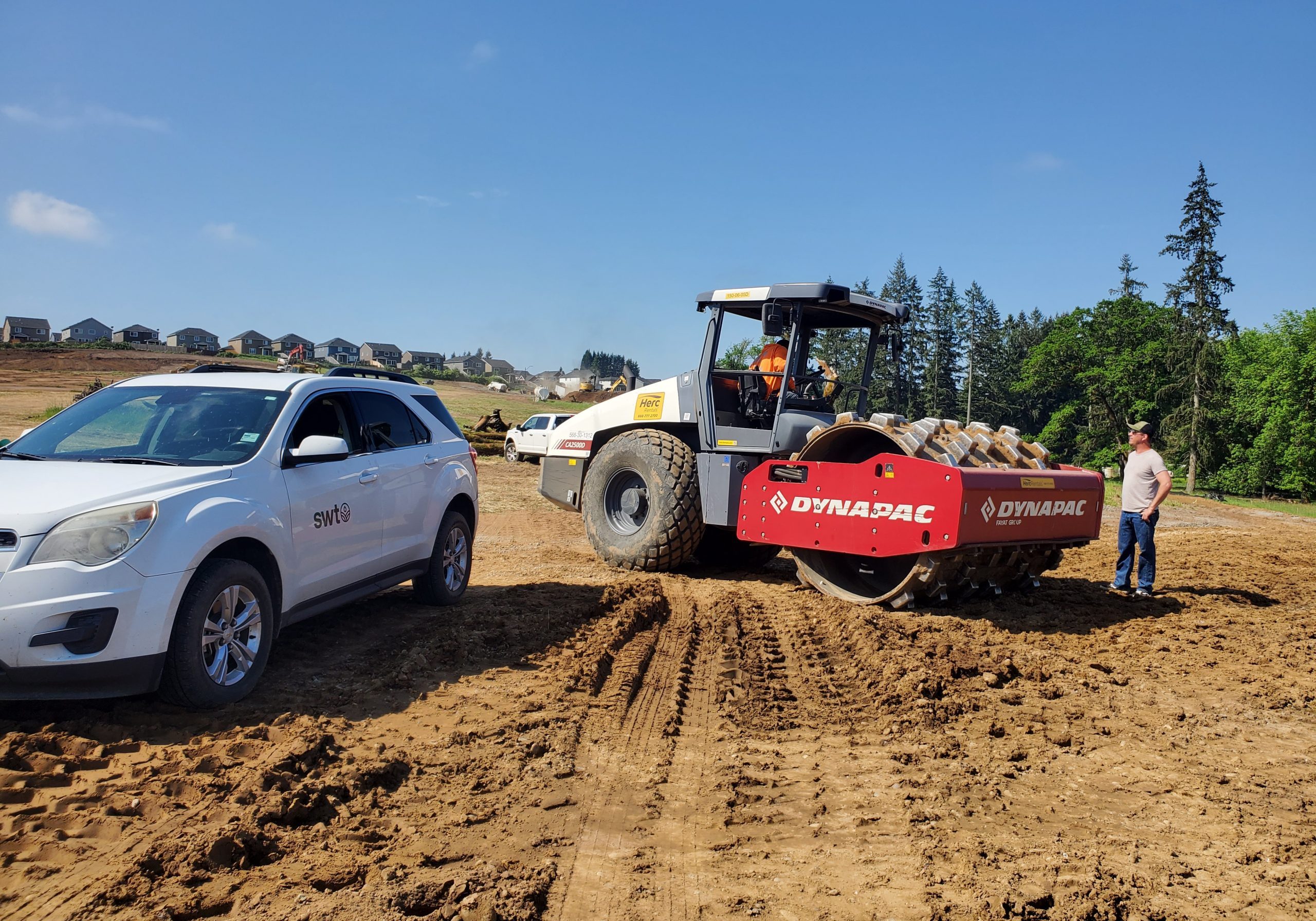
Understanding Clark County's Erosion Control Requirements
Erosion Control Plan Requirements for Projects Over 1 Acre
In Clark County, WA, projects that disturb more than one acre of land are required to have an Erosion Control Plan in place. This is in accordance with the National Pollutant Discharge Elimination System (NPDES) requirements, as well as county code. An Erosion Control Plan lays out the necessary measures to prevent soil erosion, sedimentation, and stormwater runoff. Developers must submit their plans electronically via the ePlan Review platform, as paper submittals are no longer accepted as of September 19, 2022.
The Erosion Control Plan should include detailed information about the construction site, including the location of sensitive areas such as wetlands, water bodies, and critical habitats. It should also outline the proposed erosion and sediment control measures that will be implemented during construction to minimize the risk of water pollution and environmental damage. Examples of such measures include silt fences, sediment basins, vegetative buffers, and mulching.
To ensure compliance with these requirements, developers must have their Erosion Control Plan approved by the Washington State Department of Ecology or a certified erosion and sediment control person. In some cases, Clark County may also require specific certifications such as the Washington State Department of Ecology-approved courses for large parcel construction. Developers can find a certified member by contacting the Building Industry Association of Clark County, which maintains a list of certified erosion and sediment control professionals.
Temporary Erosion Control Measures for Smaller Projects
For smaller projects in Clark County, where less than one acre of land is disturbed, temporary erosion control measures may be sufficient to protect the environment and comply with regulations. These measures are designed to be used during the construction phase to prevent soil erosion, manage sedimentation, and control runoff. Examples of temporary erosion control measures include sediment barriers, construction exits, and temporary stabilization of disturbed areas with straw mulch, gravel, or temporary seeding.
Although these smaller projects may not require a full-fledged Erosion Control Plan, it is still essential for developers to be mindful of the potential impact their activities may have on the environment. Proactively implementing temporary erosion control measures can help prevent costly and time-consuming remediation efforts in the future.
Developers working on smaller projects should consult with the appropriate county officials to ensure they are following all necessary guidelines and regulations for erosion control. In some cases, Clark County may still require a certain level of certification, such as a county certification for single-family permits, or adherence to specific requirements in terms of temporary erosion control measures.
Stormwater Management Best Practices
When it comes to erosion control, stormwater management is a critical component. Developers should implement best practices to effectively manage stormwater runoff and prevent water pollution. Some of these best practices include using permeable pavement or pavers, installing green roofs or rain gardens, and employing bioretention cells to capture and filter stormwater on-site.
Additionally, developers can implement a variety of structural and non-structural measures to control stormwater flow during and after construction. These practices can help to slow down and infiltrate runoff, reducing the impact on the surrounding environment. Examples include creating swales and detention basins for stormwater storage, designing naturalized channels to replace concrete ditches, and establishing vegetative buffers along streams to filter runoff and prevent erosion.
Maintenance is key when it comes to stormwater management best practices. Regular inspections and maintenance of stormwater management systems ensure that they are functioning correctly and meeting regulatory requirements. This includes cleaning out sediment from basins, repairing damaged erosion control measures, and ensuring proper vegetation establishment in buffer zones and stormwater treatment areas.
Erosion Control Inspection and Maintenance
To maintain compliance with erosion control requirements, developers must regularly inspect and maintain erosion control measures throughout the construction and post-construction phases. Inspections should be performed by a certified erosion and sediment control person or other qualified individual, and should focus on verifying the effectiveness of temporary measures and identifying potential issues that need addressing.
During construction, developers should implement a schedule of regular inspections, generally on a weekly basis and following any significant rainfall events. Inspections should assess the condition of erosion control measures and document any maintenance or repairs needed. Prompt action should be taken to address any identified issues, ensuring the continued effectiveness of the erosion control measures and compliance with regulatory requirements.
Once the construction phase is complete, developers should transition to post-construction maintenance of erosion control measures. This phase involves managing any remaining silt fences, mulching disturbed areas, repairing damaged erosion control structures, and ensuring proper establishment of vegetation. Developers should retain records of all inspections, maintenance activities, and repairs, as these may be required as part of ongoing regulatory compliance monitoring by the county or state.
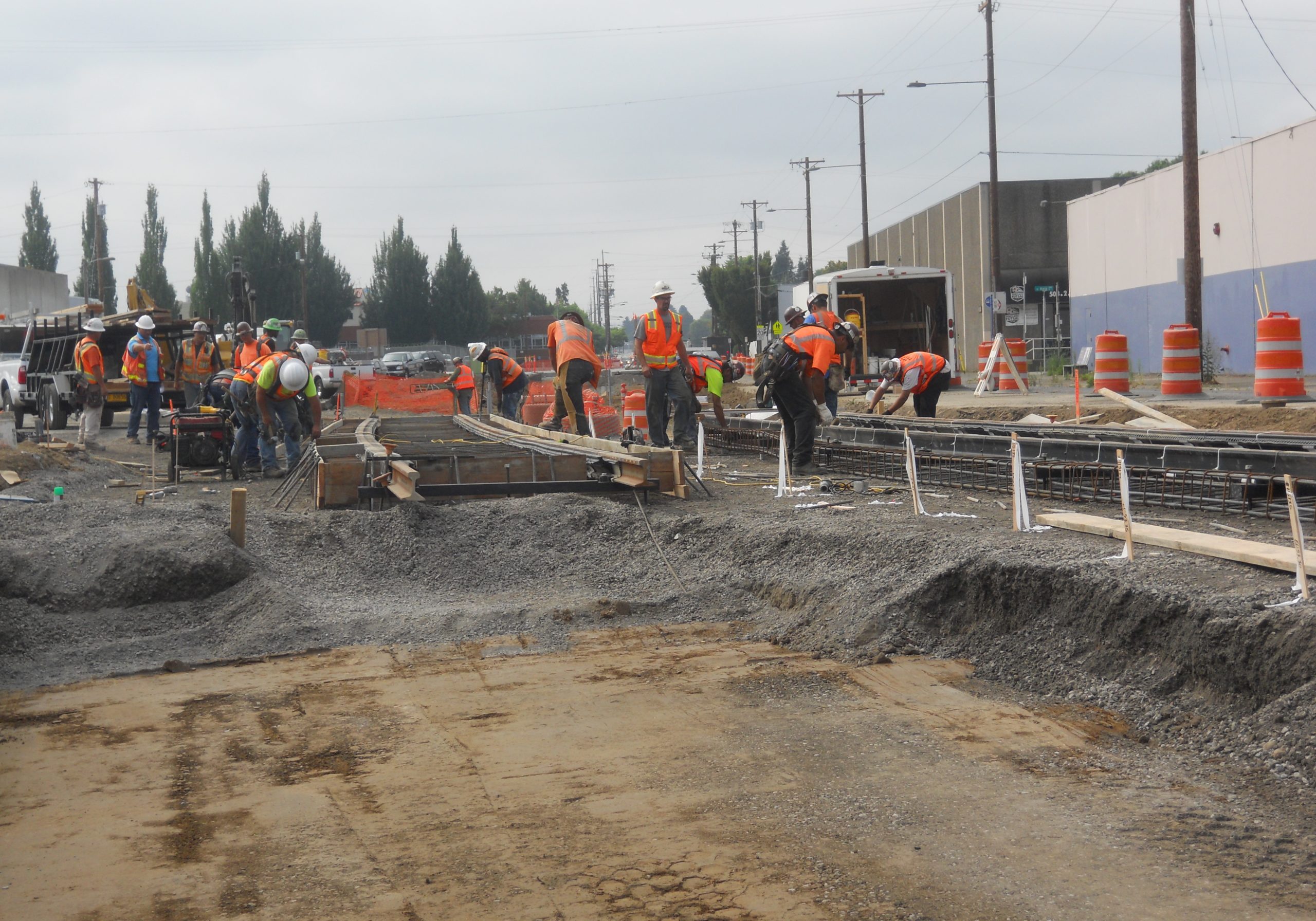
The Permitting Process for Erosion Control
Basics when applying for an Erosion Control Permit
Obtaining an erosion control permit is an essential step for construction projects and land development. To apply for the permit, the applicant should first determine if their project requires one by consulting with the appropriate county agency or consulting a professional engineer. Once it is established that a permit is required, the application process begins by submitting detailed plans and documentation that demonstrate compliance with applicable erosion control and soil testing requirements.
The applicant should ensure that their erosion control plan adheres to the necessary requirements for their specific project. The plan must incorporate best management practices (BMPs) and comply with the relevant regulations for stormwater management, grading, and other construction-related activities.
Once the erosion control plan is prepared, the applicant can submit their permit application, along with the required documents, fees, and any additional information to the appropriate agency. It is important to follow guidelines and rules outlined by each State, as failure to do so can lead to delays, fines, or even the denial of the permit. It is also recommended that applicants consult with a respected erosion control and soil testing contractor to ensure their plan meets all requirements.
Required Documents for Erosion Control
When applying for an erosion control permit, the applicant must provide several key documents to demonstrate their compliance with the necessary regulations. Some essential documents may include an erosion and sediment control plan, a site map, a grading plan, a stormwater management plan, and soil test reports. These documents must be prepared in accordance with county and state guidelines, and it is crucial to provide accurate and complete information in the application.
In addition to the required plans, test reports, and maps, applicants may also need to submit supporting documents relevant to their specific project. These may include documentation related to geological hazards, floodplain management, aquifer protection, or other environmental factors that could impact the construction site. It is beneficial to work with professionals familiar with each County's erosion control and soil testing requirements to guarantee that all necessary documents are prepared accurately and submitted on time.
Permit Approval Timeline and Cost
The timeline for receiving an erosion control permit approval can vary depending on various factors. These may include the complexity of the project, the completeness of the application, the workload of the reviewing agency, and the need for additional information or revisions to the submitted plans. In general, applicants can expect a review period of several weeks to a few months. It is essential to submit complete and accurate documentation to avoid any unnecessary delays.
The cost associated with obtaining an erosion control permit can also vary depending on the magnitude and complexity of the project, as well as the specific requirements involved. Applicants should anticipate fees for the permit application, plan review, and inspections. Moreover, the applicant may also incur costs related to soil testing, professional engineering services, and the implementation of erosion control and stormwater management measures.
To reduce delays and costs, applicants should consider working with an experienced erosion control consulting firm. These professionals can assist with navigating the permitting process, ensuring compliance with regulations, and addressing any potential issues that may arise. By working with a knowledgeable consultant, applicants can improve their chances of receiving their erosion control permit in a timely manner while minimizing unnecessary expenses.
Compliance with Other Environmental Regulations
When applying for an erosion control permit, it is crucial for applicants to be aware of the additional environmental regulations and requirements that may apply to their project. This includes compliance with the National Pollutant Discharge Elimination System (NPDES) standards, county code, and any guidelines set forth by the Washington State Department of Ecology.
In addition to erosion control requirements, applicants may need to address other environmental concerns relevant to their specific project. This may involve addressing issues such as wetland protection, critical aquifer recharge areas, endangered species habitat protection, and proper waste management. It is vital to carefully review all pertinent environmental regulations and consult with professionals to ensure the project will not have adverse effects on the environment or violate any rules.
Maintaining compliance with all environmental regulations is not only essential for obtaining the necessary permits but is also crucial for protecting the environment, preserving natural resources, and promoting sustainable development. Failure to comply with these regulations can result in enforcement actions, fines, or even project termination. By working closely with an experienced erosion control and soil testing contractor, applicants can ensure their project adheres to all applicable environmental regulations and minimize any negative impacts on the environment.
How to Choose an Erosion Control and Geotechnical Consultant
Choosing the right erosion control and geotechnical consultant is crucial for ensuring your project's compliance with State regulations. There are several factors to consider when selecting a consultant. First, ensure they are certified and accredited or has the necessary certifications for single-family permits (small parcel development under an acre). This ensures they have the required knowledge and expertise to effectively manage erosion control and soil testing on your project.
Second, seek out referrals and recommendations from others with experience in similar projects. Consult with professionals in the construction and development industry or reach out to the Building Industry Associations for a list of certified members who can act as your erosion and sediment control person. Reviewing past projects and client testimonials can also provide valuable insight into a consultants performance and reliability.
Finally, discuss your project's specific needs with potential contractors, evaluating their proposed solutions and processes for managing erosion control and soil testing. Ensure they have a clear understanding of County regulations and best practices, and that they are able to effectively communicate their plans for managing erosion control and soil testing on your project. By taking these factors into consideration, you can make an informed decision when selecting an erosion control and soil testing consultant.
What Are the Consequences of Poor Erosion Control and Soil Management?
Poor erosion control and soil management can have severe consequences for the environment, your project, and the surrounding community. Environmentally, inadequate erosion control can lead to the loss of valuable topsoil, reduced water quality, sedimentation in waterways, and damaged wildlife habitats. Soil degradation, contamination, and depletion of nutrients can also have negative effects on local ecosystems and result in long-term damage to the landscape.
For your project, poor erosion control and soil management can result in delays, increased costs, and potential non-compliance with regulatory agencies. Fines, penalties, and mandated remediation measures are possible consequences of non-compliance, which can significantly impact project timelines and budgets. Furthermore, the reputation of your project can be negatively affected, leading to potential difficulties in securing permits or financing for future projects.
The surrounding community may also experience the consequences of poor erosion control and soil management. Reduced water quality can impact local drinking water sources, aquatic life, and recreational areas such as lakes and rivers. Soil degradation and erosion can also pose dangers to nearby infrastructure and properties, causing potential damage, flooding, and future maintenance issues. It is vital to prioritize effective erosion control and soil management to protect the environment, the integrity of your project, and the well-being of the community.
We do what you need done
- NPDES Permitting, National Pollutant Discharge Elimination System (NPDES), EPA. What is NPDES? The NPDES permit program addresses water pollution by regulating point sources that discharge pollutants to waters of the United States.
- Turbidity Testing & PH Testing
- Erosion Compliance Inspection
- State & Federal Agency Correspondence
- Slope stability analyses
- Site reconnaissance
- Geotechnical engineering studies
- Retaining wall design
- Deep foundation design
- Micro pile design
- Helical earth anchor design
- Infiltration testing
- Soil science
- Soil laboratory testing
- Streambank restoration
- Compaction testing
- Special inspections
- Concrete testing
- ACI, American Concrete Institute
- Reinforced steel inspection
- ASTM, American standards testing methods.
- Construction Monitoring
- Earthwork construction
- QC, quality control
- QA, quality assurance
- Compaction testing
Trusted By Our Industry
We are in the field with you
